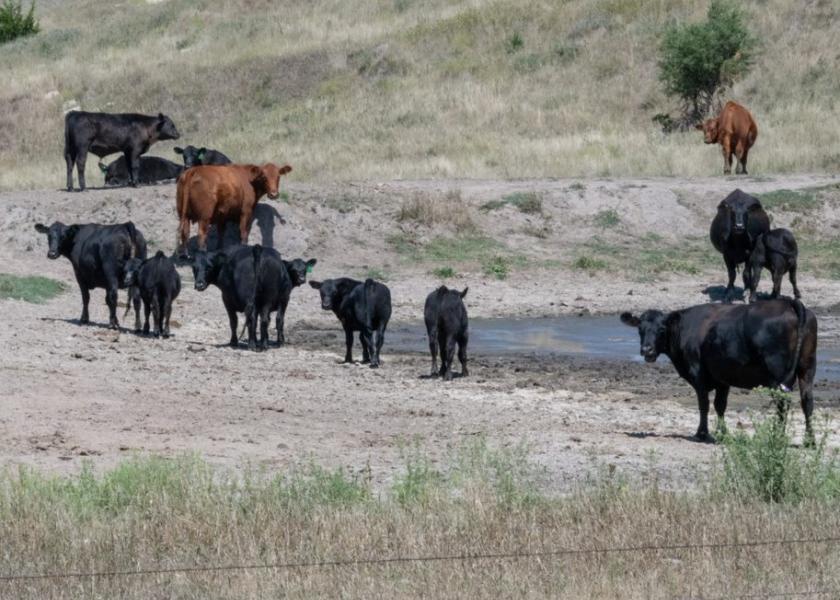Third AFBF Survey Reveals Stark Reality of Western Drought

Persistent drought continues to hammer farmers and ranchers in Western, Central and Southern Plains states, with far-reaching implications for not only farmers’ and ranchers’ bottom lines, but also food availability and affordability.
The third edition of AFBF’s Assessing Western Drought Conditions survey illustrates many ground-level drought impacts, including expected reduction in yields, removing or destroying orchard trees or multi-year crops, and selling off portions of herds and flocks.
The survey, which was also conducted last summer, in June 2021 and October 2021, included more than 600 responses from county and state Farm Bureau leaders, staff and members in 15 states from Texas to North Dakota to California. Together, these states contribute nearly half of the U.S.’s agricultural production by value.
Nearly three out of four respondents rated a reduction in harvest yields as prevalent or higher, while two out of three respondents reported prevalence of selling off portions of herds or flocks.
“We have sold half our herd and may not be able to feed the remaining,” said a Texas producer in the open-ended question portion of the survey. “The ones we sold only brought 60-70 percent of what we bought them for in 2021.”
Across the surveyed region, respondents expected average crop yields to be down 38% this year because of drought conditions. One Arizona farmer commented, “Many of the fields near us are now fallow. Cropland is being converted to housing developments at an alarming rate. Over 10,000 new homes are expected within a 10-mile radius of my house—most within a 5-mile radius, all on cropland or former dairies. It is frustrating and alarming. Where will the food come from if we grow houses instead of food?”
AFBF President Zippy Duvall reacted, “The effects of this drought will be felt for years to come, not just by farmers and ranchers but also by consumers. Many farmers have had to make the devastating decision to sell off livestock they have spent years raising or destroy orchard trees that have grown for decades. Long-term solutions to drought mitigation must be discussed and implemented to ensure farmers in drought-prone regions can continue to provide safe, affordable and abundant food for their states and the rest of the country.”







